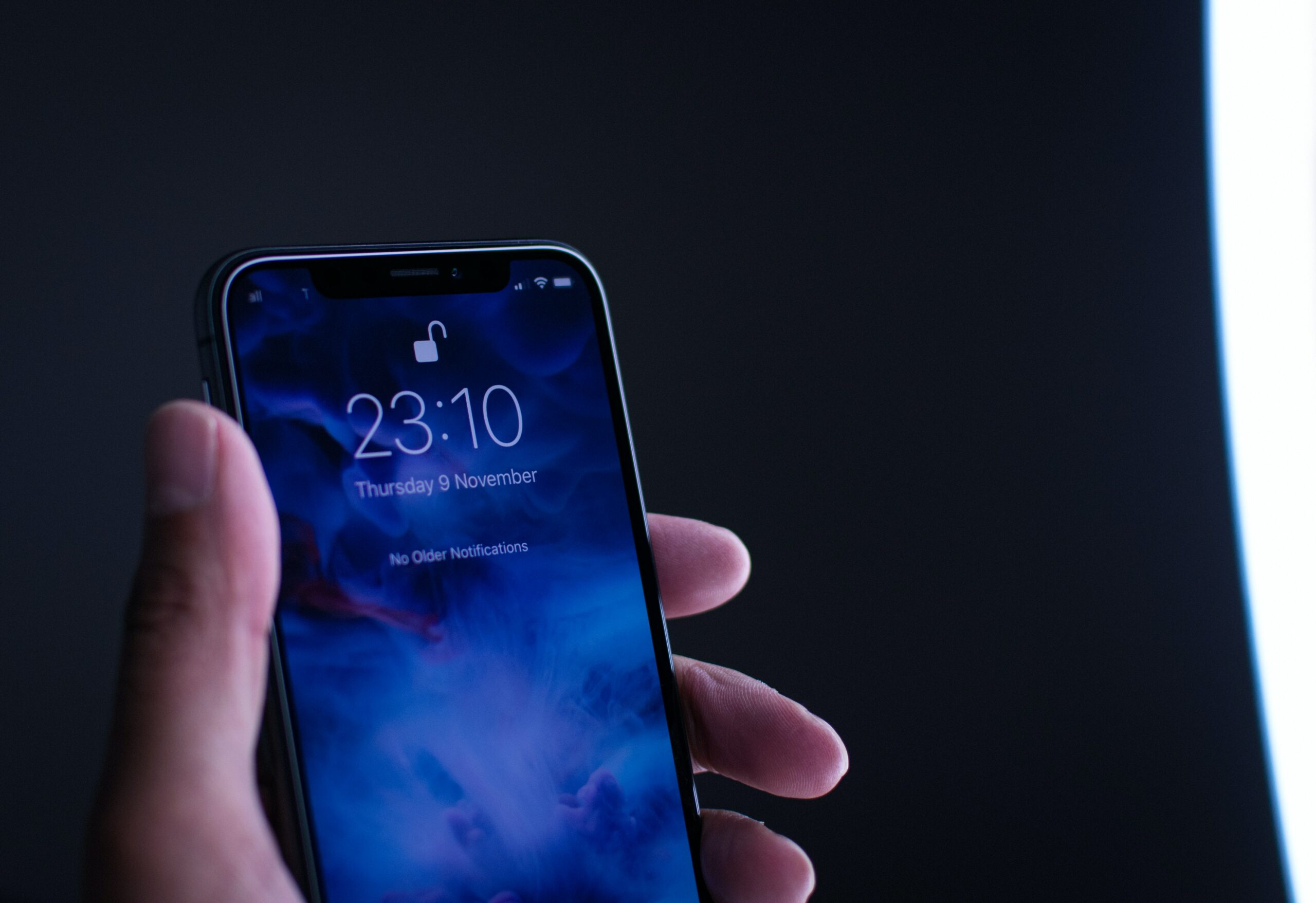Header: Harpal Singh, Unsplash
Many of the lights sold today are causing major health problems, including obesity, diabetes, and breast cancer. Why? It’s because they are blue-enriched LEDs, which play havoc on people’s circadian rhythms during the evening hours.
The Circadian Light Research Center recently announced the publication in Frontiers in Photonics of a consensus survey which confirms that human circadian clocks are highly sensitive to blue wavelengths, and insufficient daytime blue-rich light and excessive blue-rich light at night can lead to many health disorders.
Lead author Martin Moore-Ede, M.D., Ph.D., director of the Circadian Light Research Center and a former professor at Harvard Medical School, said that “fewer than 0.5% of lights sold today protect circadian health by altering their blue content across day and night. People should purchase lights for evening and night use that do not contain blue light and use blue-enriched LEDs during daytime only.”
Lights Should Support Circadian Rhythms
248 scientists, with a total of 2,697 peer-reviewed publications on light and circadian clocks since 2008, completed a survey with potential consensus statements. The study Lights Should Support Circadian Rhythms: Evidence-Based Scientific Consensus reports a scientific consensus on:
- Robust circadian rhythms are essential for maintaining good health.
- Disrupting circadian rhythms can cause ill health.
- Light at night causing circadian disruption increases the risk of breast cancer, obesity, diabetes, and sleep disorders.
- There is now sufficient evidence to support the widespread introduction of circadian lighting that adjusts light intensity and blue content across day and night to maintain robust circadian entrainment and health.
Martin Moore-Ede M.D., Ph.D.
For over 40 years, Dr Moore-Ede has been a leading expert on circadian clocks and the health problems caused by electric light at night. As a professor at Harvard Medical School (1975 – 1998), he located the biological clock in the human brain.
The Circadian Lighting Research Center identified the blue signal that synchronizes circadian clocks and developed patented LED lights, with circadian-optimized light across day and night. He is also the author of “The Light Doctor” on Substack.
Video credit: Circadian Light Research Center











